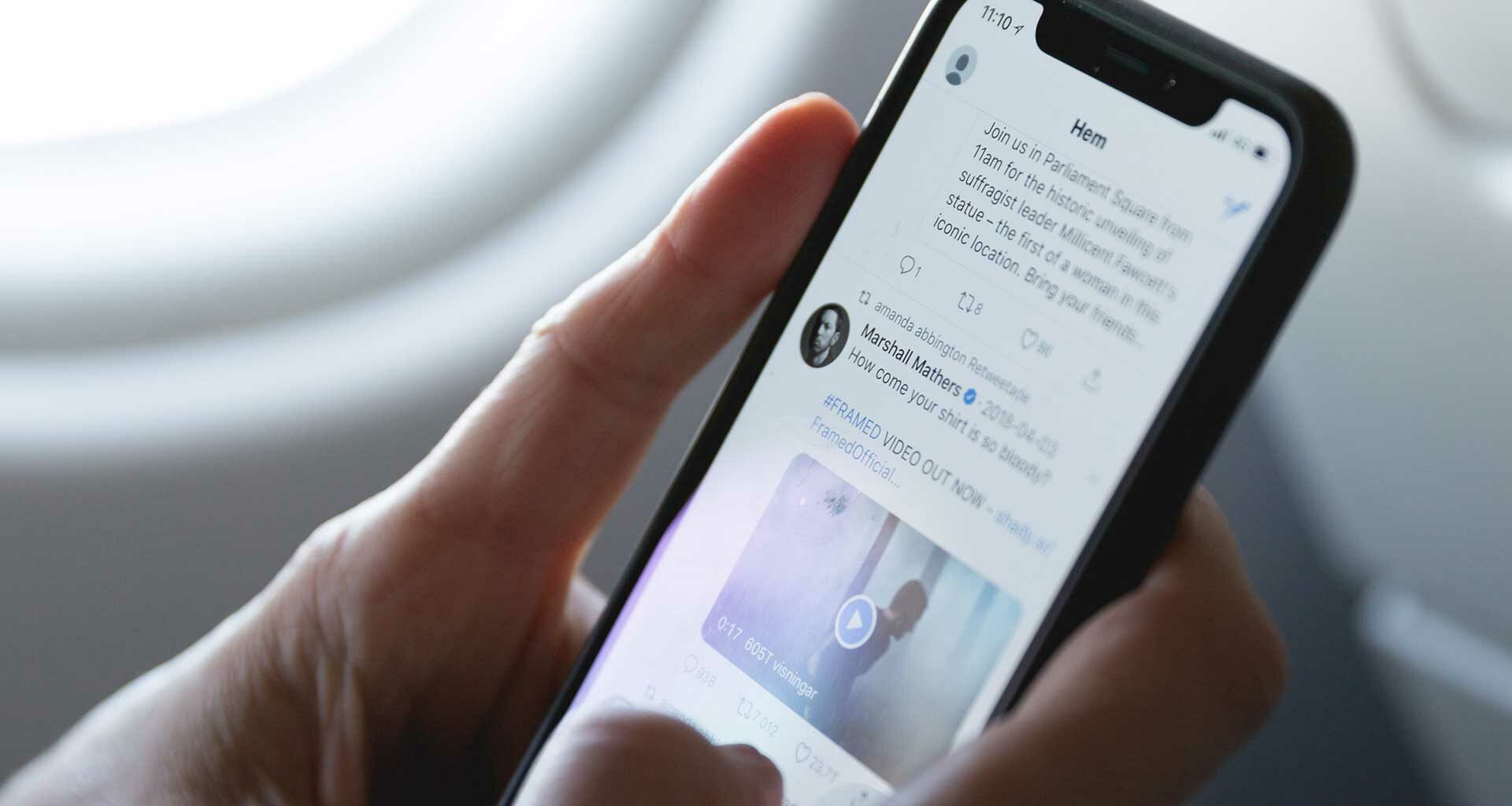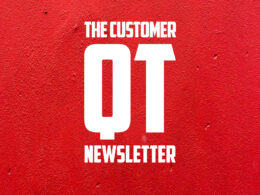Identifying the best user experience in software design involves a combination of focused outcomes, innovative thinking, and the occasional risk.
For me, developing the best user experience, and one of the main goals of UX overall, begins with identifying exactly what type of problem the company is trying to solve. The client will have a particular business outcome they want to achieve and will present a problem statement. However, defining that statement correctly can be a challenge. Defining the correct problem statement is critical because if you are working on the wrong problem, the solution is going to be the wrong one, and then the business outcome can’t be achieved.
Essentially, the product outcome should be related to that of the business because it is important to try and understand it more in terms of what impact we can have through the products we design and build.
Designers must research the needs and wants of the users and what pain points they are aiming to solve. They must consider every possible angle while ensuring that their decisions in each element are unbiased. Extensive work should be done to research the problem and then the solution, diverging before the project converges back into what I call “agnostic prototyping”. This is when prototype parts of the system are tested and validated with a small group of users, which enables the team to ensure it is going in the right direction.
Planning is essential to ensuring a project proceeds smoothly from end to end, and that the desired outcome is achieved. Throwing things together and hoping it works out is not the way to achieve positive results. I believe that working to make an impact on a client’s business through design takes planning and hard work. If the problem is wrong, the solutions are wrong, and nothing can fix this later on.
Intuition
For any design project, intuition plays a role – that of the designer, yes, but also how instinctive the user experience is when it reaches the end user. Of course, embedded within that intuitiveness, you will always find best practices. For example, back in the heyday of email, Yahoo wanted its interface to differ from that of Hotmail. To achieve this, they placed the settings button on the bottom left of the screen as opposed to the top right. The vast majority of users were used to the button being in the top right for most applications (not just Hotmail), leading to much confusion, and questioning of Yahoo’s logic in the decision. Changing one of the most common features forced users to “stop and think”; as a result, any hope of intuitiveness in the design was eliminated.
When considering user experience, you must research what is the best practice in that industry and follow the standard layout. However, sometimes a company wants to be innovative and as a result creates something entirely new.
One highly influential example of intuitive and original design came from Tinder, when it integrated the action of “swiping” left and right. When this was first introduced, it was not an intuitive act for smartphone users at all. The action itself was, of course, but attaching a particular significance to it was new. They were required to think before swiping, which eventually embedded itself into the use of the app as an intuitive action. Now the practice has been adopted across many apps, and it changed the nature of online dating entirely.
Previously, one would be required to fill out forms, create a profile and spend time waiting to be connected with a prospective partner. Over time, Tinder revolutionised the entire dating scene starting with that one small element of intuitive design.
Certain intuitions that users have are simply habits they have built up over time. Sometimes particular actions are so intuitive that it’s obvious what the user has to do. In this case, it is important to remove the noise from the interface and prioritise specific actions. Users are aware of where to go if they wish to complete secondary actions. Similarly, it is important to not overload the user with multiple instructions. General information such as email and home address can be placed together as it is related information. This allows users to focus on fewer tasks at a time and this is how we make the experience more intuitive.
Intuitive leadership
Intuitiveness is also important within design teams, as well as in the finished product. It is vital that the right people are in the right position because designers have different skill sets and levels. Some might be better at problem-solving, while some are more suited to the artistic side of the work. By allocating the tasks to the right people, everyone can be a leader in their own way.
When starting a new project, I assign a head of UX research, a person to problem-solve, and then someone to set the direction for the design. This gives the teams more control over the project and also means the team members possess more accountability in case there is a problem.
Of course, that’s only the beginning of what can be a very long road, so allowing for unexpected challenges and eventualities is equally important as planning. Agile is the most desirable methodology for designers taking this approach, as it is the best way to allow for changes in the project. There is only so much planning that can be done at the start of the project; budgets change, and timelines change so Agile is the best way of managing these aspects.
However, I feel that Agile is not always applied properly in a lot of companies, because the main focus is on outputs rather than actual product value for the business. But as long as the focus remains on that overall principle to reach a product outcome aligned with a business outcome, the finished product is guaranteed to have the right UX.

Jeremie Tisseau is Chief Design Officer for Seven Peaks, a Bangkok-based digital transformation consultancy and software developer.
This article originally appeared in TheFastMode. Photo by Marten Bjork on Unsplash.













